Influence of Marija Gimbutas’ Research in Soviet Lithuania
M. Gimbutas was the first archaeologist focused on the Balts who succeeded in identifying cultural areas of the Curonians, Semigallians, Yotvingians (Sudovians) and Lithuanians, and determine time periods when individual Baltic cultures would have been formed. She accomplished this as early as in 1940–1942, when research on this topic had been scarce and fragmentary. Nevertheless, the territories of the cultural groups – historical tribes – were confirmed with few changes in the works of other researchers of the Balts in the late 20th – early 21th century.
Her conclusions prompted further research into the ethnic history of the Balts. The ethnogenesis of the Balts, as a certain form of official scholarly resistance, became popular among the archaeologists of the East Baltic lands in the 7th and the 8th decades of the 20th century, still in the dark times of the Soviet Regime. Conferences and publications dedicated to this topic brought together scholars from the Baltic countries (Lithuania and Latvia), since research into our oldest culture, while undesirable for the servants of the Soviet Regime, was less dangerous than research into the history of Lithuania.
Adomas Butrimas
After: Butrimas, Adomas. Marija Alseikaitė-Gimbutienė – baltų archeologijos tyrėja (Marija Alseikaitė-Gimbutas, a Researcher in Baltic Archaeology). Lituanistica, 2012, t. 58, nr. 1 (87), p. 4–5)
LMAVB RSS Fg.1-3294/10.
LMAVB RS F339-70, lap. 1.
LMAVB RS F391-628, lap. 1.
LMAVB RSS Fg.1-3294/8.
LMAVB RSS Fg.1-3294/4.
LMAVB RS F339-69, lap. 19.
LMAVB RS F360-158, lap. 1.

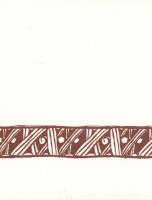
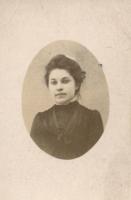
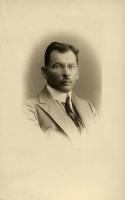
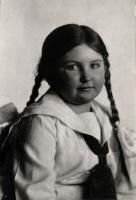
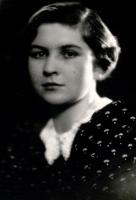
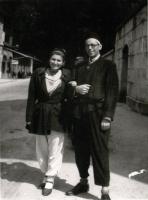
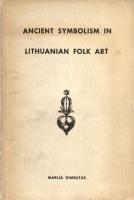
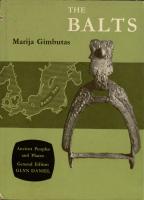
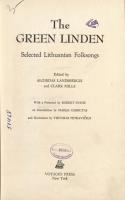
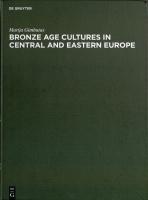
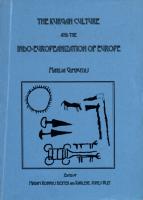
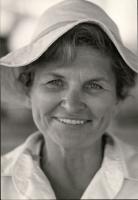
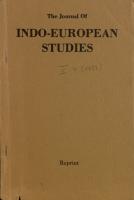
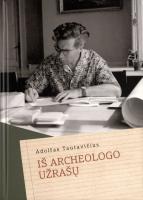
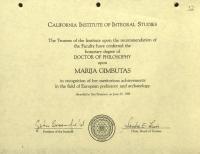
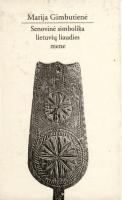
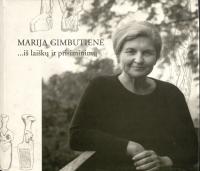
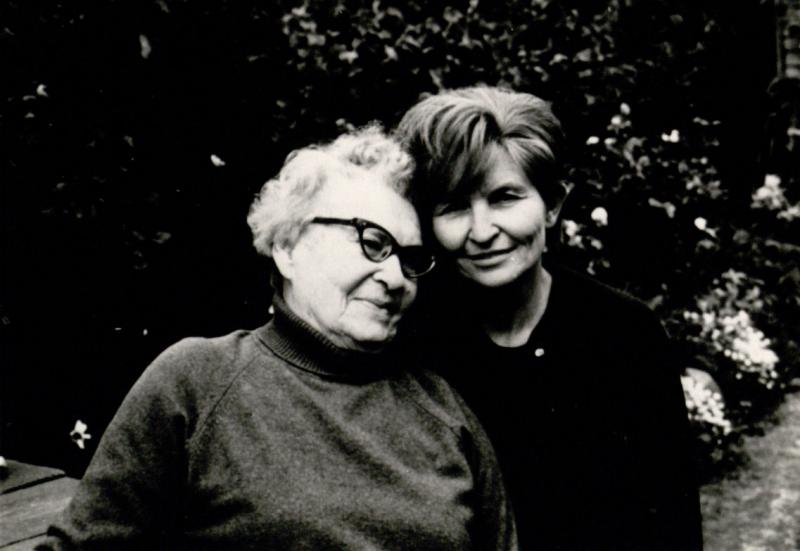
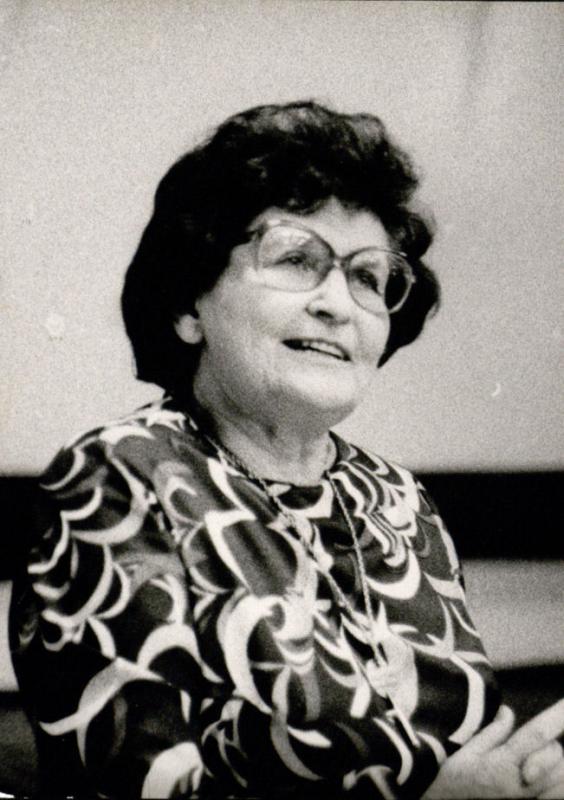
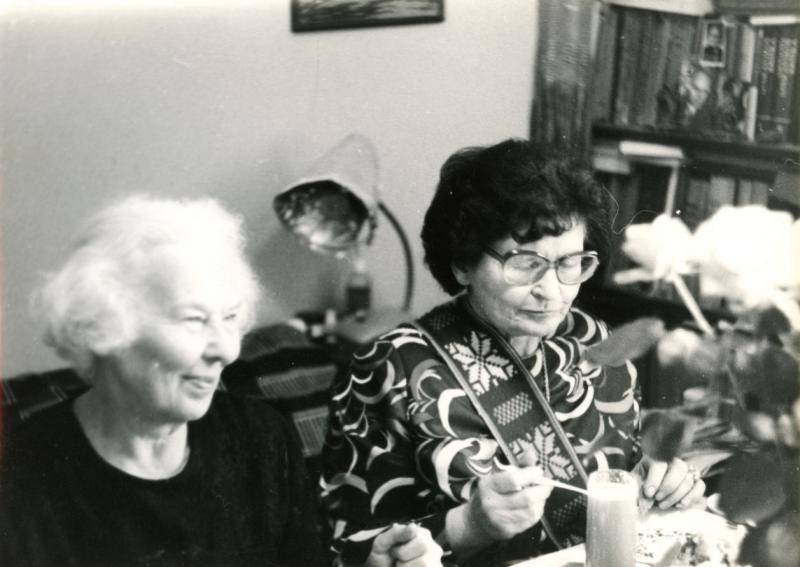
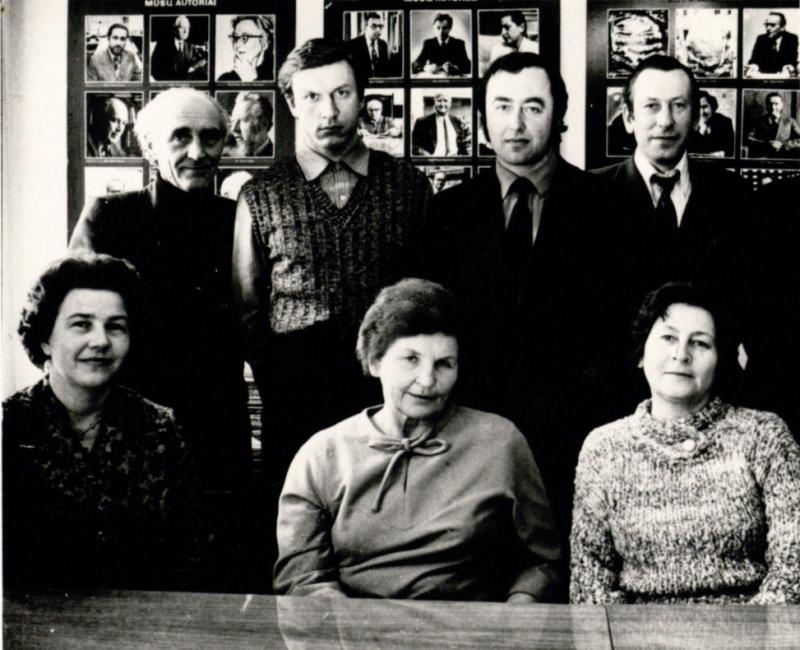
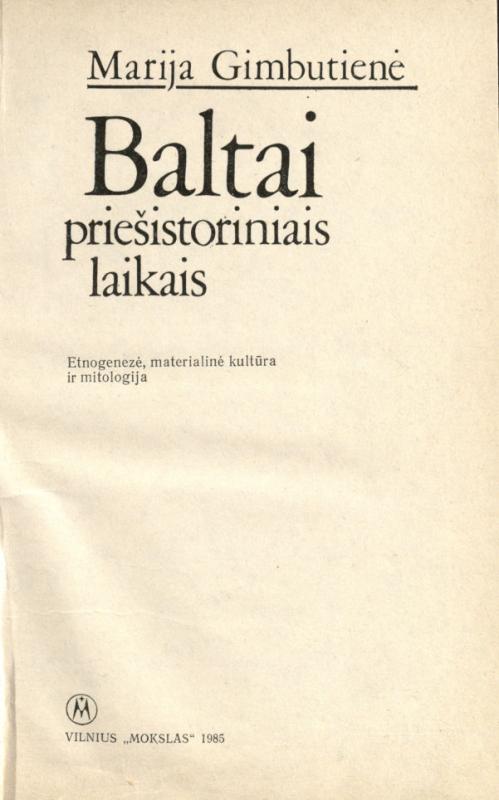
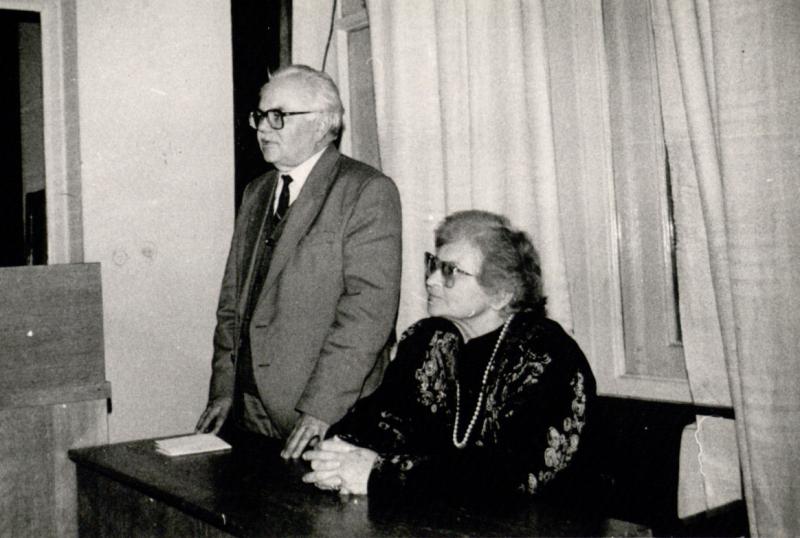
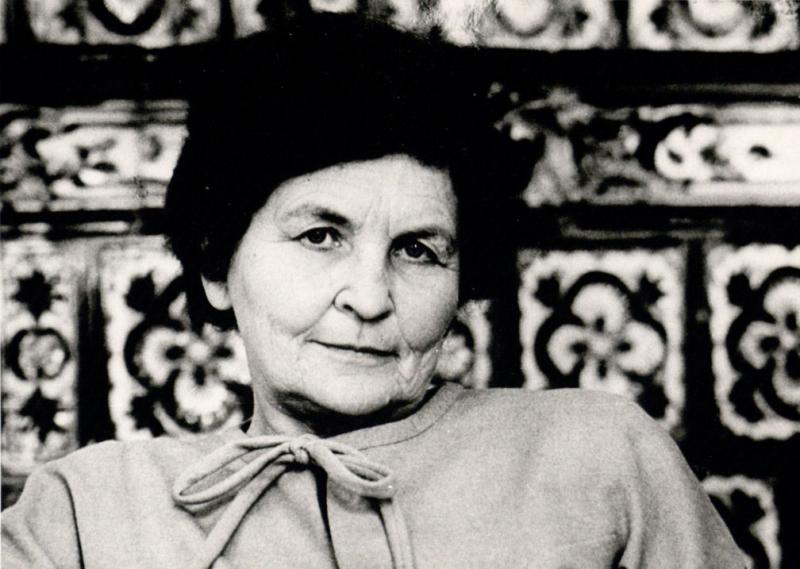
![[Gimbutienė, Marija]. II. Etnogenezė [Gimbutienė, Marija]. II. Etnogenezė](http://web6.mab.lt/files/large/4982e00abf11d56f4ff525ba07ba9146af52c644.jpg)
